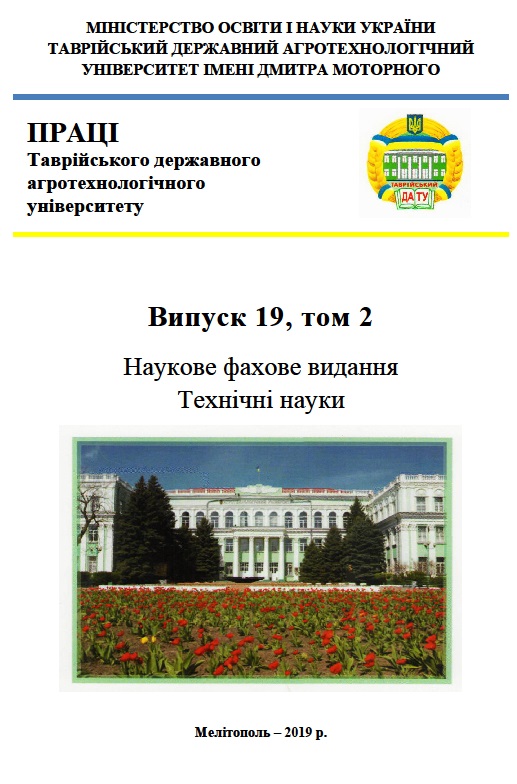ПРИСТРІЙ ЗАХИСТУ ГРУПИ АСИНХРОННИХ ЕЛЕКТРОДВИГУНІВ
Анотація
Анотація – експлуатація асинхронних електродвигунів у складі електромеханічної системи передбачає підтримання їх надійності на рівні, що забезпечить довготривалу роботу, не менш за нормований термін служби, який гарантований виробником. Найбільш уразливим елементом конструкції електродвигуна є його обмотка взагалі, і зокрема її ізоляція. Для підвищення експлуатаційної надійності електродвигунів розробники проектують нові пристрої захисту, оскільки з часом оновлюється елементна база електронних компонентів, що дає можливість застосовувати новітні методи для рішення задач, котрі неможливо було вирішити раніше. У роботі висунуті вимоги, яким повинен задовольняти пристрій захисту групи електродвигунів і розроблена його структурна і принципова схеми. Основою пристрою є мікроконтролер, який обчислює час припустимої роботи кожного електродвигуна, що входить до групи захисту, в разі його перевантаження, коли збільшення температури обмотки перевищує критичного рівня. Відключення групи електродвигунів відбувається не одразу, а після розрахованої мікроконтролером витримки часу за умови припустимої витрати ресурсу ізоляції. В пристрої застосовуються перетворювачі температури, побудовані на базі аналогу лямбда-діоду.
Посилання
2. Попова І. О., Грищенко О. К. Аналіз впливу асиметрії напруги на процес тепло¬вого ізносу ізоляції асинхронних електродвигунів // Труды Таврической государственной агротехнической академии. Мелитополь, 1998. Вып. 1, т. 8. С. 14-18.
3. ATmega328P. 8-bit AVR Microcontroller Programmable Flash. Atmel Corporation. / Rev.: 7810D–AVR–01/15. 2015. [Online]. Available: http://ww1.microchip.com/downloads/en/DeviceDoc/Atmel-7810-Automotive-Microcontrollers-ATmega328P_Datasheet.pdf.
4. Попова І. О., Курашкін С. Ф. Визначення можливостей перетворювача на основі аналога лямбда-діода за допомогою вольт-амперних характеристик // Науковий вісник Таврійського державного агротехнологічного університету. Мелітополь, 2018. Вип. 8, т. 2. URL: http://oj.tsatu.edu.ua/index.php/visnik/article/view/29 (дата звернення: 2.02.2019).
5. Овчаров В. В. Эксплуатационные режимы работы и непрерывная диагностика электрических машин в сельскохозяйственном производстве. Киев: УСХА, 1990. 168 с.
6. DS18B20. Programmable Resolution 1-Wire Digital Thermometer Datasheet. Maxim Integrated Products, Inc. 2018. [Online]. Available: https://datasheets.maximintegrated.com/en/ds/DS18B20.pdf



